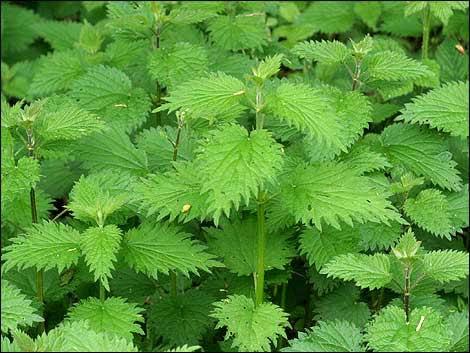The local big hitters are now on the scene with local asparagus and watercress, and everyone starting to go wild for Morels plus the anticipation of the first Jersey Royals hitting the plates.
English Asparagus
Although the season is very short, Sopley asparagus is well worth the wait for its unbeatable flavour and freshness. Asparagus can be lightly steamed or boiled to bring out the fragrant flavour, which can be enjoyed simply covered in butter or dipped in Hollandaise sauce.
Because asparagus is a naturally grown crop, growing in the notoriously fickle British climate, the time at which it makes its first appearance each year is always a subject for much speculation. Asparagus growers generally say that the season lasts from 24th April to 21st June – but don’t hold us to it!
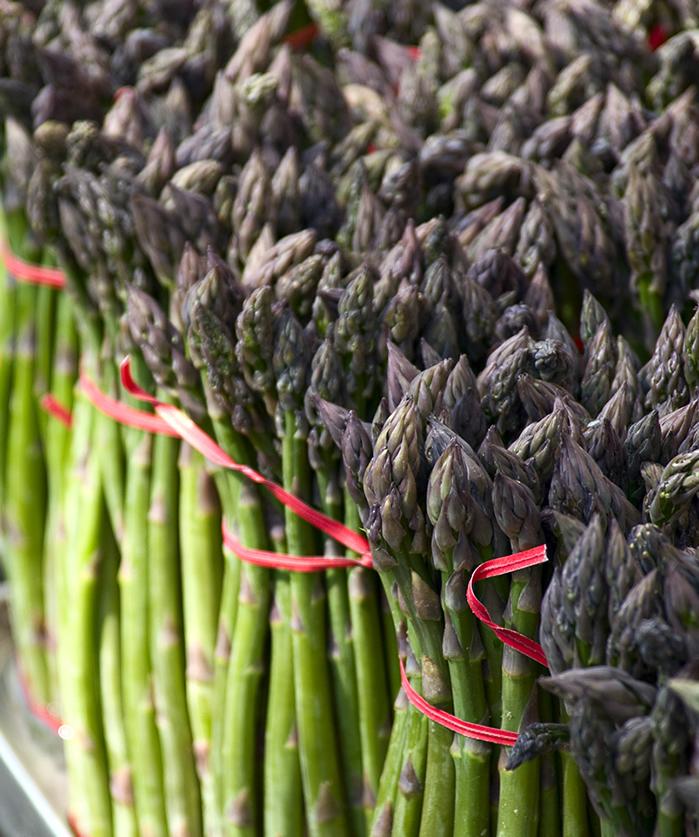
Hampshire Watercress
When it comes to a salad leaf that is truly good for you, look no further than Hampshire watercress. Bursting with vitamins and minerals, this peppery little leaf is one of our natural superfoods – and tastes great too. Pile it into sandwiches, toss into salads, use it to make a wonderful watercress soup or watercress sauce, wilt into pastas or stir fries, it’s incredibly versatile – but don’t just leave it to languish on the side of the plate as a garnish
With deep green leaves, and crisp, paler stems, watercress is related to mustard and is one of the strongest-tasting salad leaves available. It has a pungent, slightly bitter, peppery flavour and is highly nutritious.
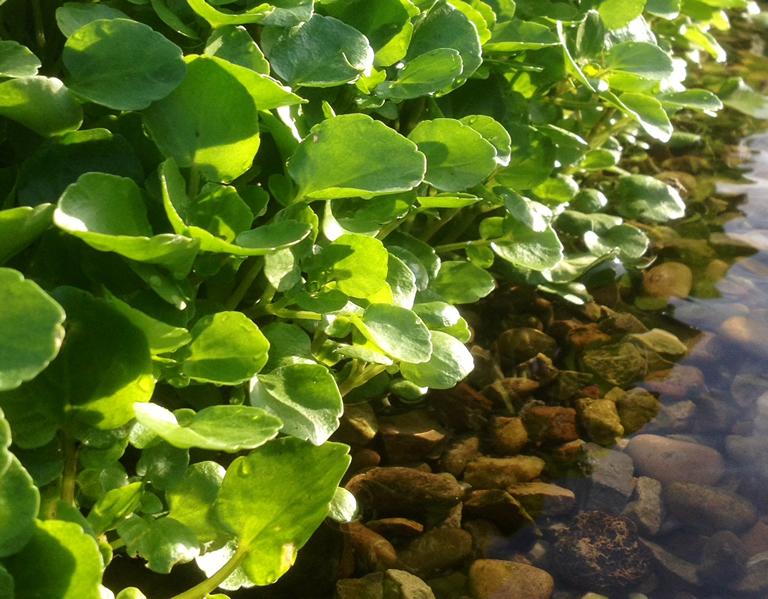
Jersey Royal
The Jersey soil is light and well drained and many farmers still use seaweed harvested from Jersey beaches as a natural fertilizer (it is known locally as Vraic). Jersey has some of the most formidable tidal flows in the world, and the strong movement of the sea deposits large quantities of vraic on the shore. The practice of using vraic on the land dates back to the 12th century.
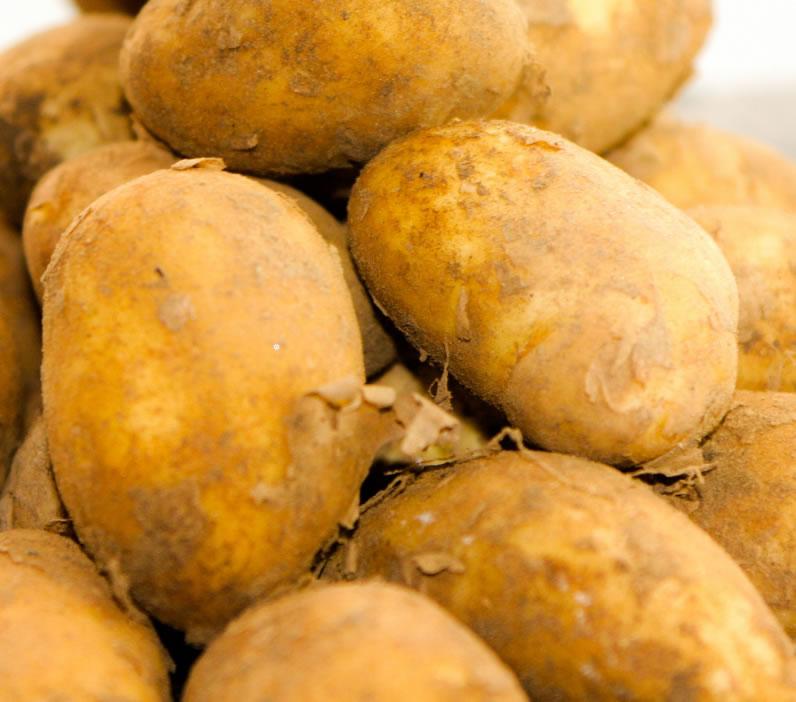
Morels
Morels are wild mushrooms found all over the British Isles. This distinctive mushroom has a pitted honeycomb-like fruit body and is hollow inside. They’re particularly good with chicken and are considered among the best mushrooms, along with ceps and chanterelles.
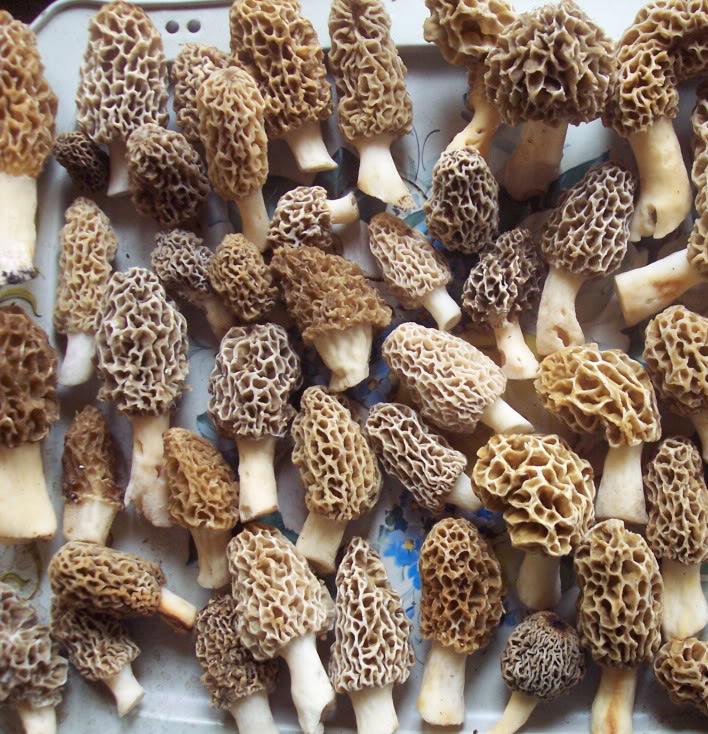
Purple Sprouting Broccoli
After a fairly sparse couple of months on the leafy veg front, the start of the purple sprouting broccoli season marks a welcome addition to the winter vegetable palate. Simply steamed or boiled, it partners almost any fish or meat dish. Purple sprouting broccoli was initially cultivated by the Romans. Broccoli has been grown in the UK since the early 18th century, although the purple sprouting variety has only risen to prominence in the last 30 years
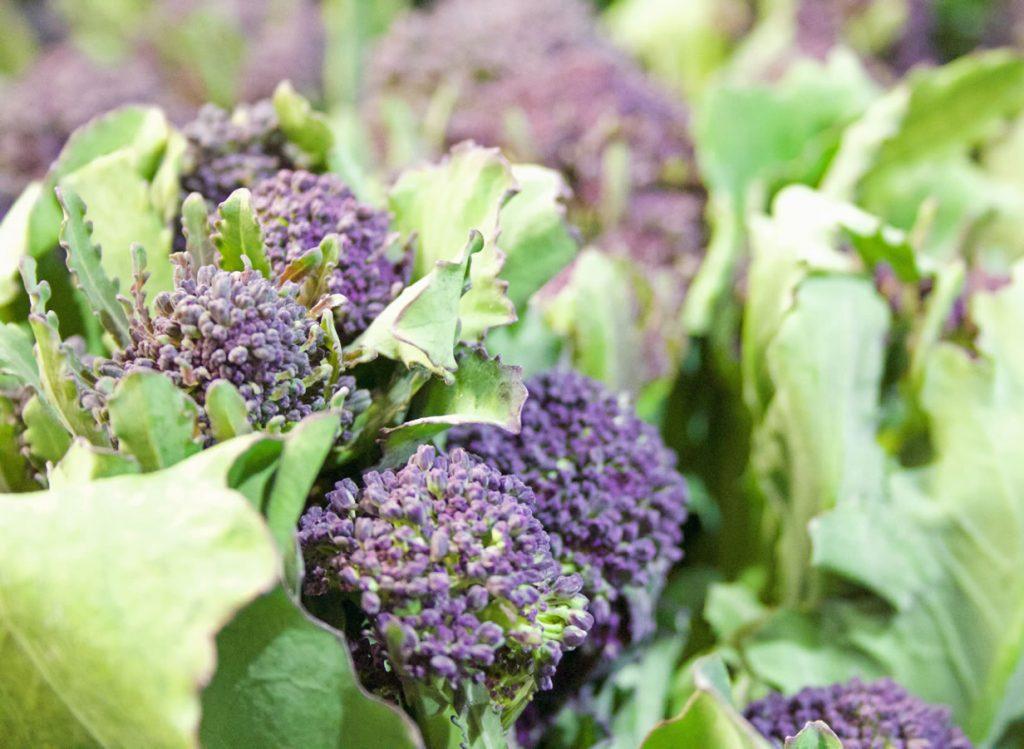
Radish
Radish, that common and beloved part of your salad, is a root crop, and it is pungent or sweet in taste with a lot of juice. Radishes can be white, red, purple or black, and in terms of shape, it can be long and cylindrical or round. They are eaten raw, cooked or pickled.
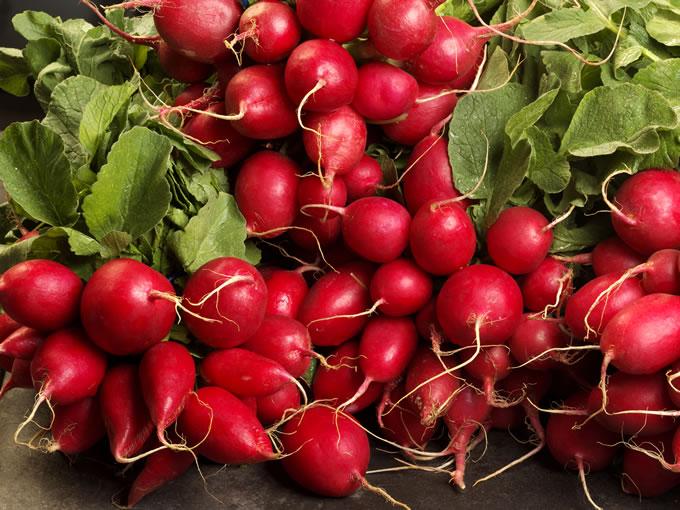
Rhubarb
Botanically, rhubarb is a vegetable (it’s related to sorrel and dock) but its thick, fleshy stalks are treated as a fruit, despite their tart flavour.
Rhubarb grows in two crops. The first, which arrives early in the year, is forced, grown under pots, particularly in what’s known as the ‘rhubarb triangle’ around Leeds, Wakefield and Bradford. Its stalks are watermelon pink, with pale lime green leaves, and it is the more tender and delicately flavoured of the two.
The second, called maincrop rhubarb, is grown outdoors, and arrives in spring. Its stalks are a deeper red, tinged with green, and its leaves a brighter green. It has a more intense flavour and a more robust texture than forced.

Rocket
This peppery leaf is also known as arugula. It’s a dark green salad vegetable, popular in Mediterranean countries. The leaves have a slightly bitter, peppery flavour and are gathered when they’re young. Rocket makes a delicious addition to salads but can also be used to make soups and to replace basil in pesto. A bed of rocket is a good base on which to serve grilled poultry or fish. Rocket leaves or popularly known as arugula or salad rocket is nutritious green-leafy vegetable. The young tender leaves carry a bitter peppery flavour that makes it mostly a salad vegetable. Rocket leaves have a sweet, nutty flavour when they’re young but start developing a strong spicy flavour as they mature
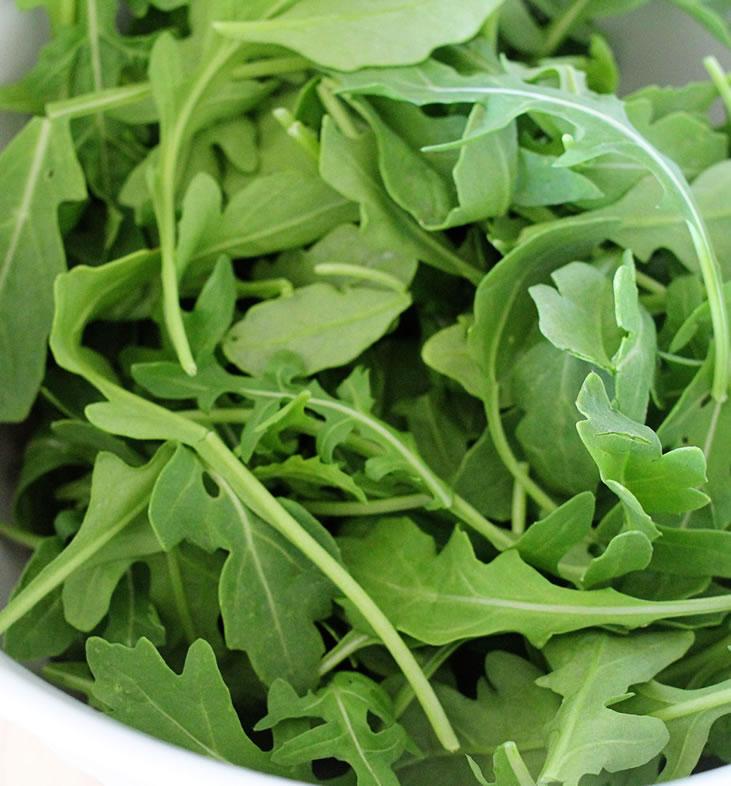
Samphire
Though there are two types of samphire – marsh and rock – only marsh samphire is widely available. Marsh samphire has vibrant green stalks, similar to baby asparagus, with a distinctively crisp and salty taste. It can be used raw in salad, though it tends to be very salty so it is more often boiled or steamed for a few minutes.
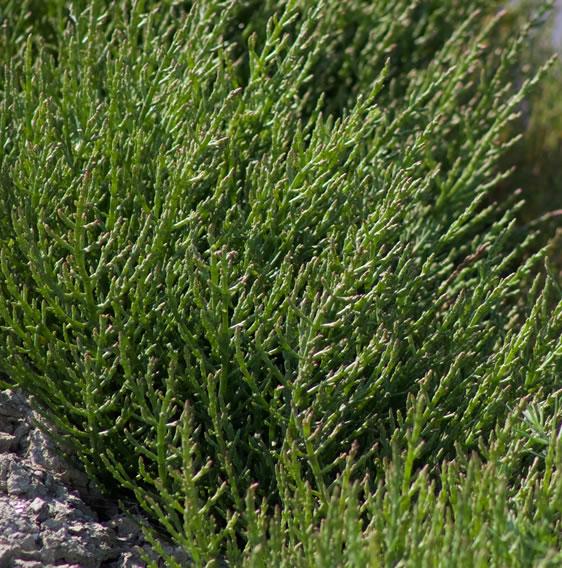
Sorrel
The name sorrel is used to describe several related plants, including wild sorrel and French sorrel. Its name derives from the French for ‘sour’, in reference to the plant’s characteristic acidity. The leaves of the sorrel plant are the part used in cookery. Sorrel leaves are generally large, bright-green and arrow-shaped with a smooth, crisp texture.
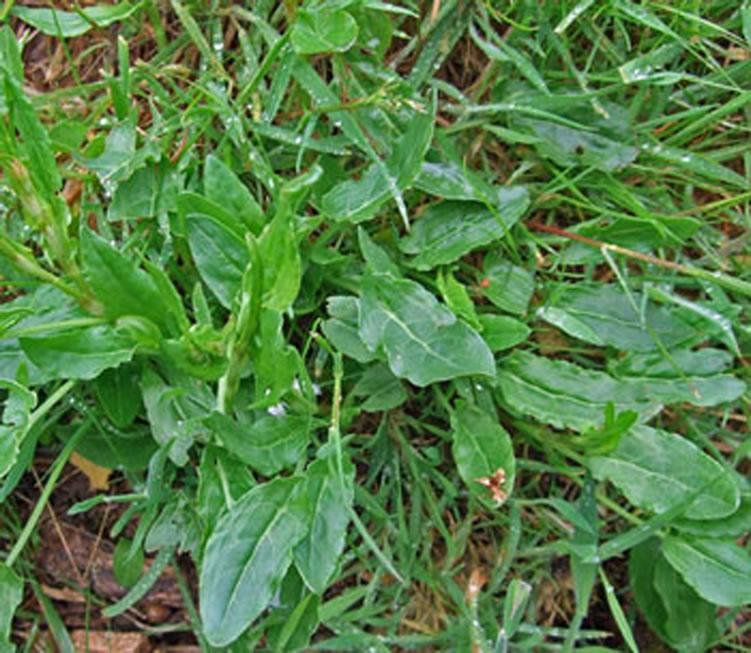
Spinach
The distinctive, slightly bitter/metallic flavour of spinach makes it something of a ‘love it or hate it’ food. Spinach is available year-round, but the freshest, but most tender spinach is most easily obtainable in the spring. It is thought that spinach was first cultivated in southwest Asia. Trade routes through the Middle East took it to North Africa, from where it was introduced to Europe by the Moors by the twelfth century.

Spring Green Cabbage
Spring greens are actually young, tender cabbage plants and are sold as loose heads of thick green leaves. Spring greens do not have the hard core which is found in the middle of fully-grown cabbages. A squeaky-leaved spring green cabbage is a thing of beauty and vitality. Fragrant and nutty, this cabbage is perfect in spring, crispy salads and also great in bubble and squeak, with smoked bacon and a poached egg.
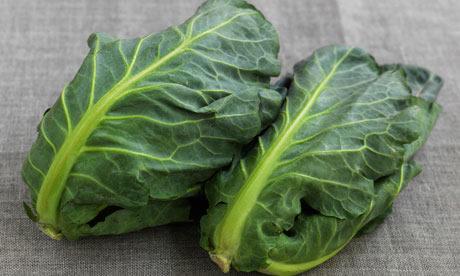
Spring Onions
Serve spring onions in salads, or sprinkled over Chinese dishes (particularly steamed fish), or stirred into raita or traditional Irish champ (mashed potatoes speckled with chopped spring onions). They can also be brushed with olive oil and chargrilled whole.
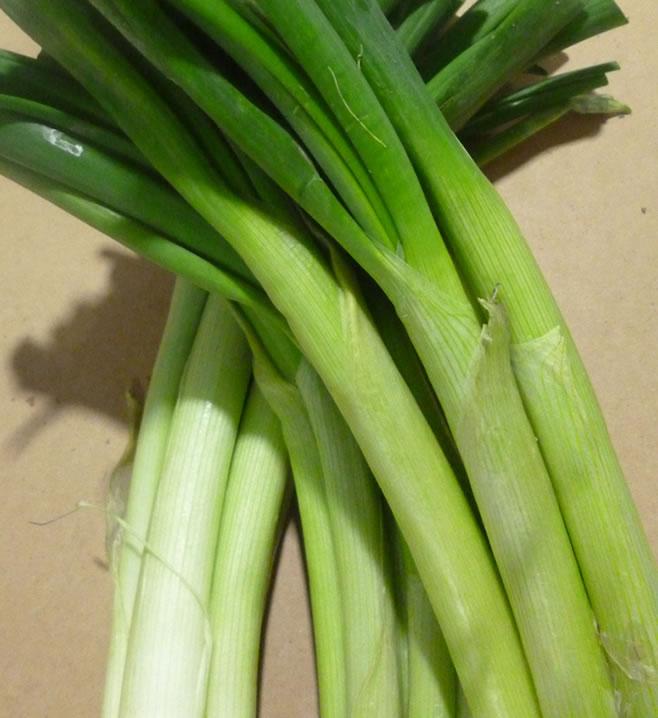
Wild Garlic
In the UK, wild garlic has many peculiar identities – ‘bear’s garlic’, ‘devil’s garlic’, ‘gypsy’s onions’ and ‘stinking Jenny’ are just some of them. It’s no surprise that this seasonal ingredient is called so many names – it gives off an incredibly pungent smell in the wild. Unlike common cultivated garlic, it’s the leaves that are eaten rather than the bulbs. The taste is more delicate too, similar to the flavour of chives.
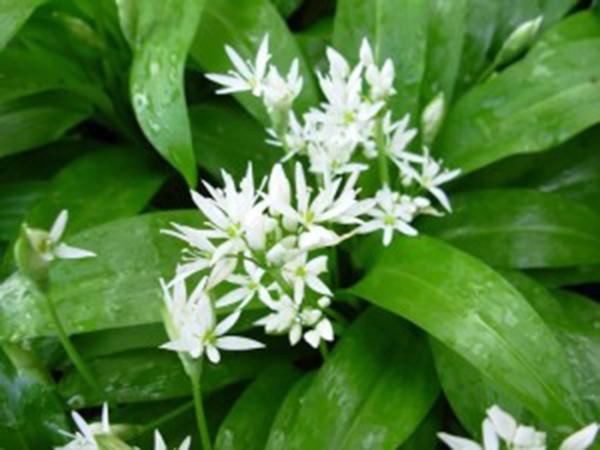
Wild Nettles
Get your gloves on to forage for wild plants like nettles – once cooked they have a spinach or cabbage flavour
